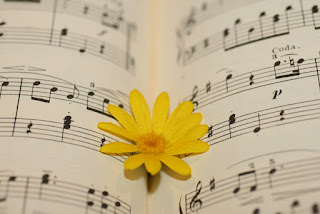There is no doubt that the cultural world of St. John's took
another big hit when we lost Ron Hynes to cancer. Weeks prior the word was out that the cancer had spread from
his lungs into the rest of his body.
His death seemed inevitable, the countdown had begun.
November 19, 2015 Hynes passed away and as if in some
bizarre coincidence the power also went out in downtown St. John's. I was at the university gym when a
little girl excitedly told me that it was the ghost of Ron Hynes that put the
power out and that was the exact moment he died. "Now", I thought, "This is folklore in the
making".
Days later there was an impromptu community gathering in
Bannerman Park. Folks assembled to
sing a couple of Hynes tunes and chat amongst themselves. If the Park had walls I could have said
there was wall-to-wall respect in that space. There was no surprise at that love-in.
The big surprise came with Ron Hynes's nephew - Joel Thomas
Hynes. He posted on Facebook a
very raw and angry outburst about his uncle's drug addiction that was quickly
picked up by the media. Reaction
to his message was, I think, very interesting.
Some in the community lauded the statement, saying it would
help de-stigmatize drug addiction and help others to recover. What I believe Joel was trying to do by
going public about something that most families would have brushed under the
carpet is point to the growing problem of addiction in the province of
Newfoundland and Labrador. Joel
compared the province to Ireland, which has identified binge drinking as a problem. He pointed to the
inadequate resources for addicts in the province and the crumbling
penitentiary. Joel made a plea for
leadership; ironically some in the cultural community suggested he should run
for office. At any rate, Joel
Thomas Hynes' statement was heartfelt and certainly struck a chord amongst many
in the city. Let's hope it makes a
difference.










